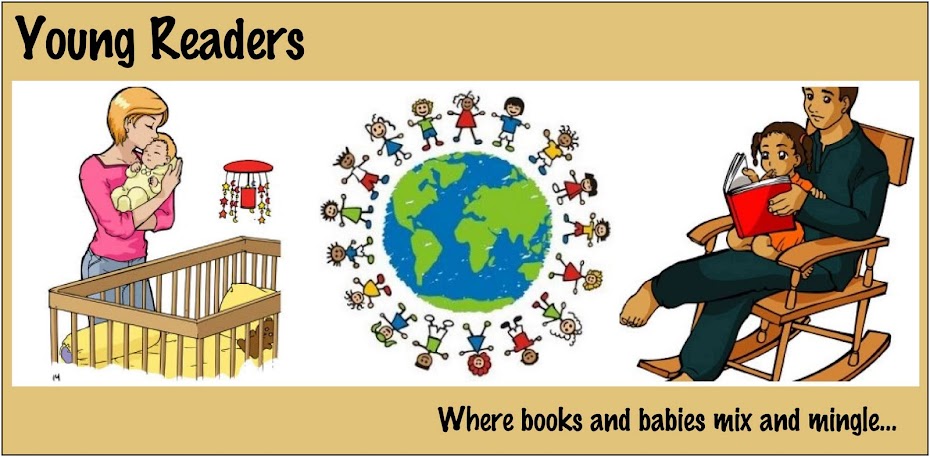
Edwards, Nicholas. 2009. Dog Whisperer: The Rescue. Squarefish. 216 pages.
Emily was drowning.I'll be honest right from the start. I just didn't like this one. The premise--just so you can decide for yourselves if this is something you'd want to pick up--is that Emily is a young girl who finds a stray dog, Zach. The two are psychically (telepathically) linked. (She feels what he feels, smells what he smells, dreams what he dreams, craves what he craves, etc.)
Emily doesn't just find him, she rescues him. She was having a recurring dream of drowning, and awakes with the knowledge that there is something (or someone) that needs her. So she goes out exploring on the coast in the dark--in the middle of a storm--and finds this large dog. She risks her own life to save this dog. And it's touch and go for a bit on whether Zach will survive the trauma. But with Emily by his side, with her strength and love and hope guiding him, maybe just maybe he will.
I think the book has several issues. I think in some ways it tries to do too much. There in the middle it gets a bit muddled. It becomes more than a girl meets dog story. Emily, a biracial child who was adopted by a white couple, has some moments. The book focuses in on the "issues" of being biracial, being biracial in a mostly-white town, being biracial and adopted, and just plain old being adopted. I don't have a problem with the introduction of these issues. But they weren't evenly woven into the plot. (At least not that I can recall. I could be wrong though).
I also think the plot could have been tighter. I think this one loses its way in a few places. There are paragraphs--pages even--where the text just rambles on and on and on and on. This information doesn't move the plot in any direction at all. We've got some irrelevant over-sharing going on. I don't know if this falls into the too much
showing or too much
telling side of things. I just think if the text had a bit more editing, it would help things out overall.
The ending. It was a bit too much for me. Maybe it wouldn't be if I was 8. But I felt it was oh so predictable, and way over the top.
I admit I'm way over the target age group for this one. This is a children's book. And if I was in grade school, I might have a completely different response to this one. (It's possible at least. Though I never was one for books with dogs on the cover because I was the child afraid (even from page one) that the dog would end up dying. And I couldn't handle that. So why risk it?!) It is the start of a series, I believe. And for young readers that love animals, love dogs, and are in a series-phase anyway, I could see this one having some appeal. So just because this one didn't thrill me doesn't mean it won't work for you.
© Becky Laney of
Young Readers

